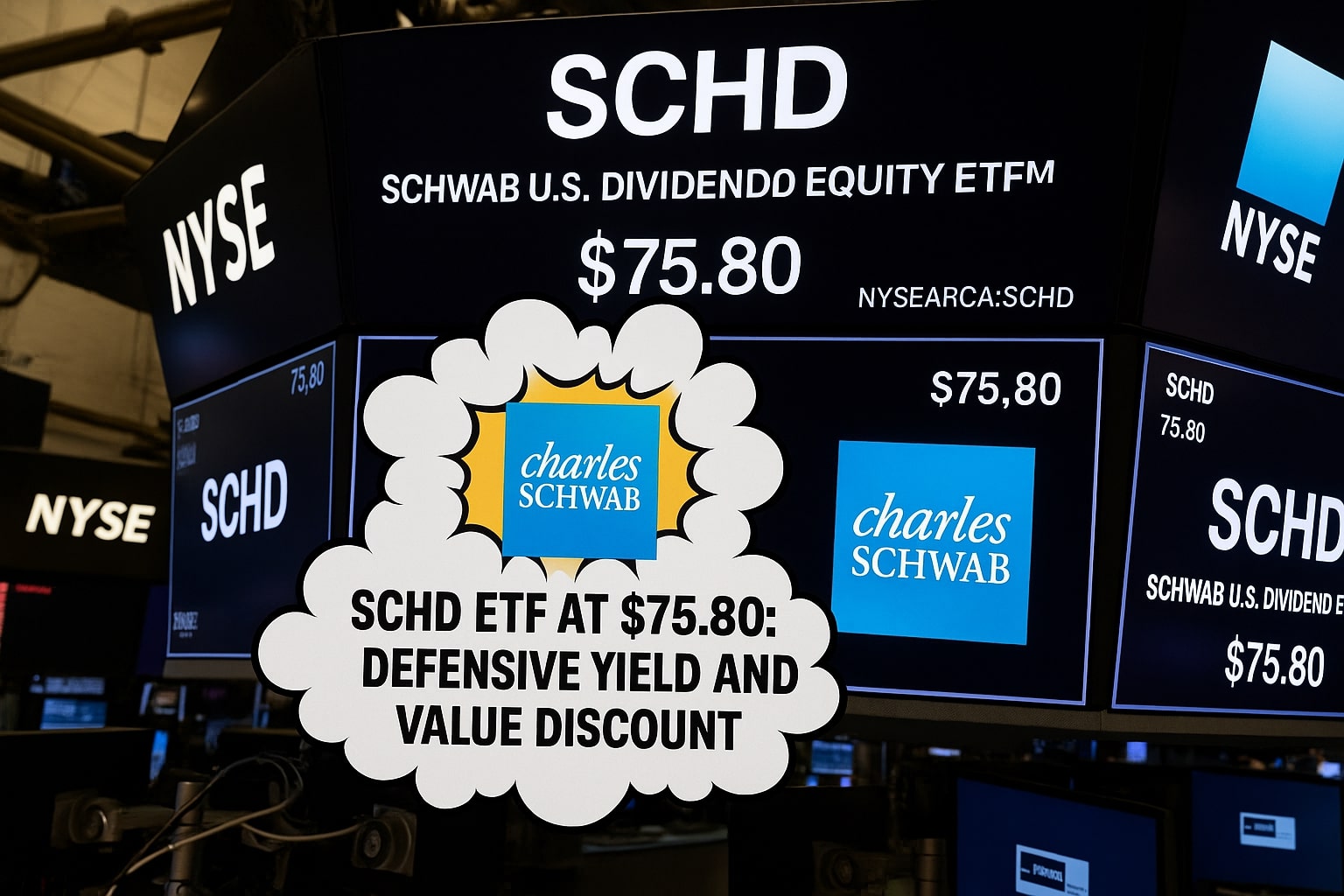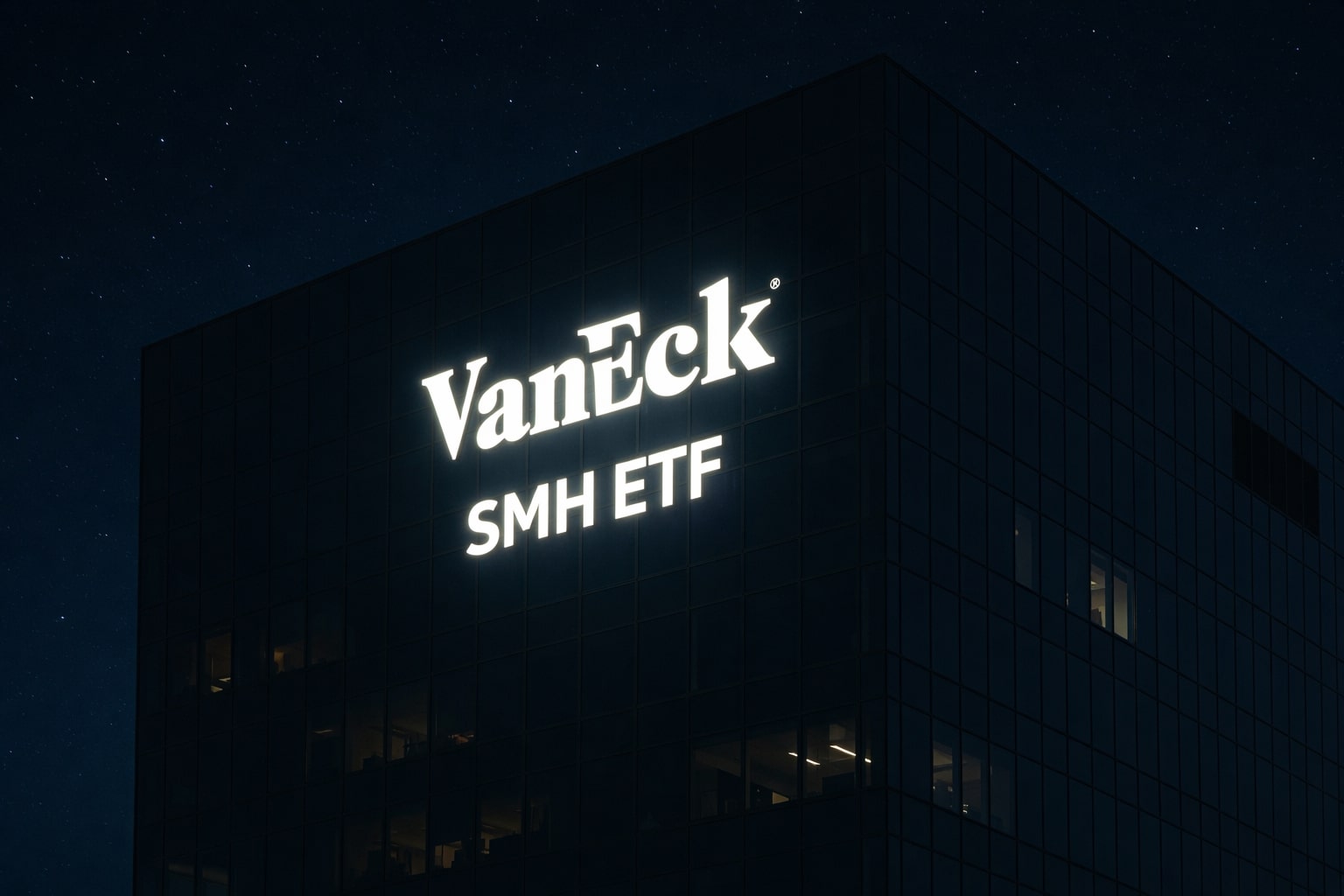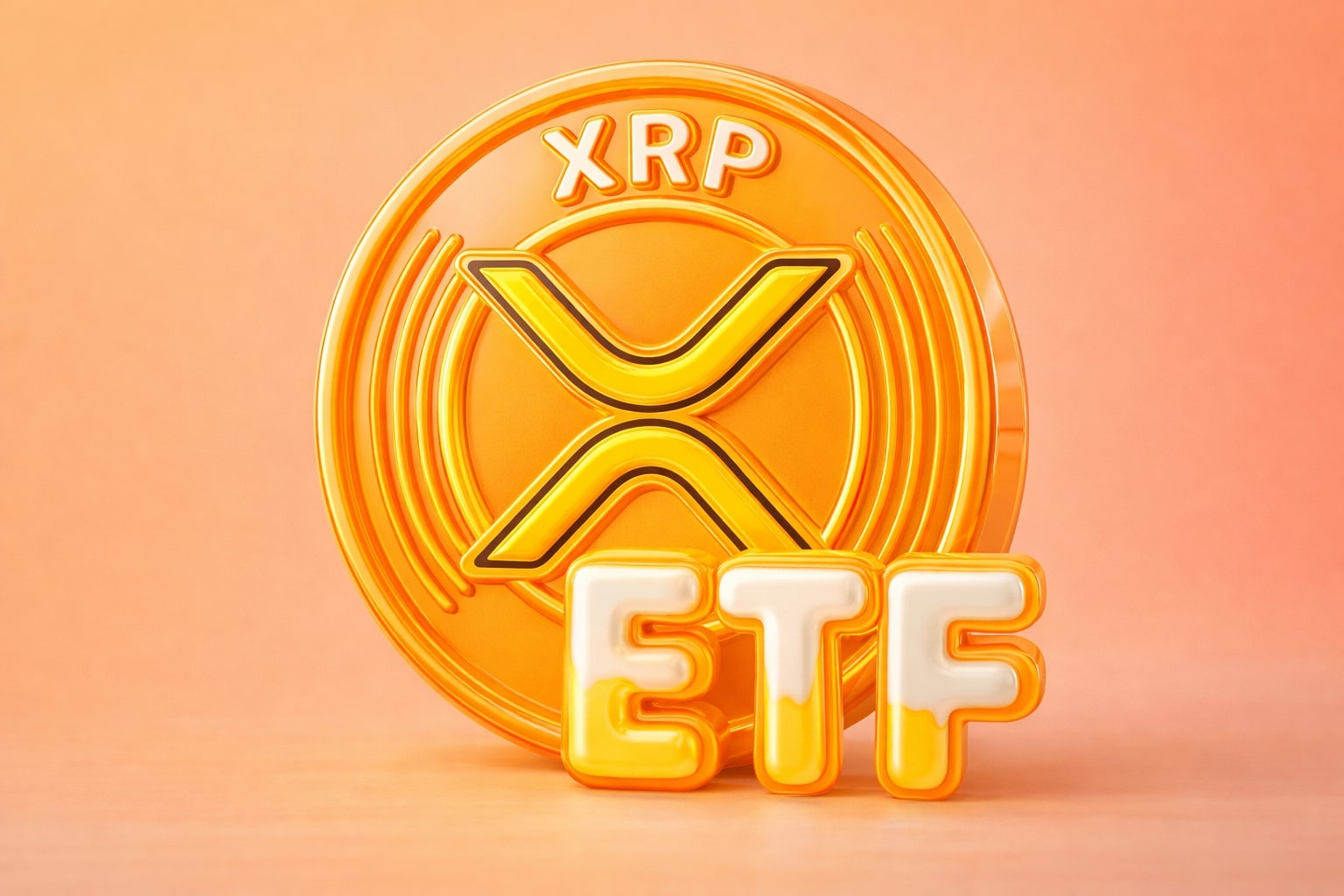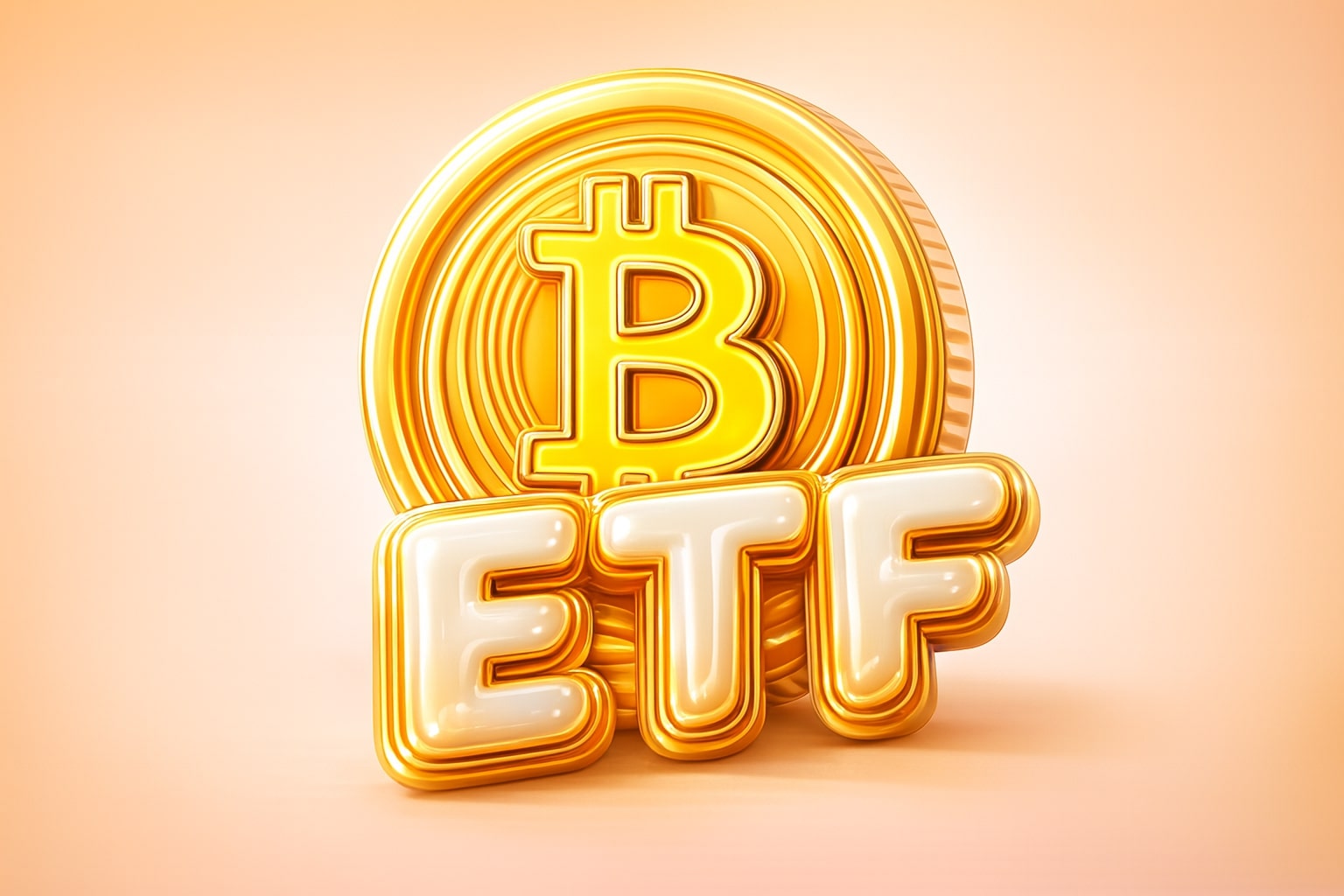Fundamentals & Yield
The Schwab U.S. Dividend Equity ETF – NYSEARCA:SCHD – commands a 3.87% current yield, up from its decade-long average of 3.11%. Its holdings boast an average Return on Equity of 28%, with long-term dividend CAGRs of 10.7% over ten years and 10.8% over five years. SCHD’s universe of cash-generative names has grown distributions uninterrupted since inception, translating into a dependable income stream that eclipses the 1.45% yield of the SPY and the 0.73% yield of the QQQ.
Valuation & Risk Profile
At a portfolio-weighted P/E of 16.2x, SCHD trades nearly 40% below the 27x multiple on the S&P 500. That discount reflects its focus on mature, cash-flowing businesses: the top 10 constituents average a dividend payout ratio of 44% and five-year earnings growth of 9.3%. Peak exposure to energy (19.2%), consumer staples (18.8%) and healthcare (15.5%) cushions the ETF in a rising-rate backdrop, but also concentrates earnings risk if sectors underperform.
Interest Rate Sensitivity
Historical correlation between SCHD’s share price and the 10-year Treasury yield hovers near zero (long-term average +0.05), challenging the notion that dividend-rich ETFs suffer systematically when rates rise. Value sectors typically outpace growth in high-rate regimes, and SCHD’s energy tilt benefits from higher commodity prices that often accompany inflationary periods. Nevertheless, a sustained 5%+ rate environment would compress earnings multiples and test the resilience of SCHD’s leverage-intensive holdings.
Portfolio Positioning & Diversification
With 33% of the portfolio anchored in SCHD itself, plus 10% in PDI and 10% in RQI, the fund allocation skews toward stable income vehicles. Its sector weights are balanced—no single sector exceeds 19%—and global exposure remains U.S.-centric. That conservatism suits defensive mandates, but limits upside in technology and international equities, which drive broader market gains when growth impulses return.
Technical Perspective
SCHD’s price has corrected 4.8% since the Fed’s late-July rate pause, finding near-term support at $67.50. RSI resides at 42, below neutral but above oversold, suggesting room for stabilization. A weekly close above $69.80 would signal re-entry strength; a breach below $66.20 risks a test of the 50-day moving average at $64.90 and could prompt defensive outflows.
Verdict
SCHD combines an attractive yield, rock-solid dividend growth and below-market valuation, yet faces mixed forces from rising rates, concentrated sector risk and limited cyclical upside. The risk/reward balance favors income-focused portfolios but lacks the dynamism for aggressive total-return strategies. On net, the recommendation is to Hold.



















